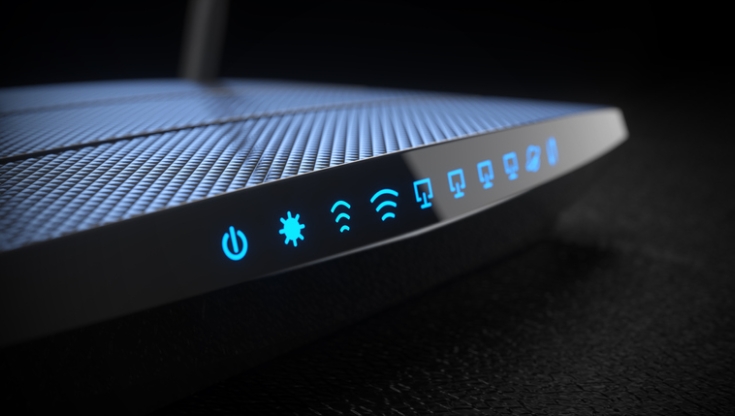This New Wi-Fi Attack Can Intercept Data Traffic

The growing complexity of networks and connected devices makes implementing effective cybersecurity an increasingly complicated task. While businesses have shown more awareness of the need to elevate their security posture in recent years, several fundamental cyber hygiene issues still need to be addressed.
Researchers have recently warned that wireless access points (WAPs) and routers are among the devices that pose the most significant security risks to companies. Unfortunately, this concern, which we flagged in our blog a year ago, has not gone away. Moreover, new techniques are emerging, such as SSID confusion attacks, where cybercriminals exploit a loophole in the IEEE 802.11 Wi-Fi standard to create fake Wi-Fi networks with identical names to legitimate networks. This tricks devices into connecting to the fraudulent network instead of the authentic one. This means that if the device is configured to disable VPN on trusted networks, it will be automatically disabled when connecting to the fake network, exposing the user's traffic. This allows hackers to intercept and spy on confidential user information, seriously compromising user security.
What makes these devices a potential threat?
-
Default configurations:
Many devices come preconfigured with settings that facilitate installation and initial use, but this also makes them vulnerable to cyberattacks. Weak passwords, unprotected open ports, or unnecessary enabled services are among the most sensitive settings. If users neglect to change them, these predefined access points become a weakness that cybercriminals can exploit.
-
Lack of firmware updates:
Firmware is the software in devices' internal memory that controls key functions such as booting, hardware management, and communication with software. Keeping firmware up to date is essential to safeguarding IT device security. Outdated firmware exposes vulnerabilities that attackers can use to access sensitive information, take control of devices, or even spread malware on the network.
-
Constant connection to the network:
These devices' uninterrupted connectivity provides cyber criminals with a continuous access path. They are often linked directly to the Internet without the necessary protective measures, such as firewalls or proper segmentation of the network infrastructure.
-
Critical infrastructure:
Routers and wireless access points are essential components of a company's critical infrastructure, acting as gateways between its networks and the outside world. If an attacker compromises these devices, they can access a large part of the network and other connected devices.
-
Lack of monitoring and management:
Despite being business critical, these devices often go unnoticed in terms of their importance to network security. Lack of proper monitoring and management can make them a security blind spot. Implementing tools that provide adequate visibility can detect unusual activity, intrusion attempts, and other breach indicators.
It is important to recognize that while IT devices, such as routers and wireless access points, are crucial for corporate network connectivity, they also represent a potential gateway for cyber threats. Implementing cybersecurity solutions designed to protect these critical points is necessary in today’s threat landscape.
Deploying a tool that offers centralized management and monitoring, automated security updates, and strong encryption and authentication can ensure a secure wireless environment. In addition, using advanced firewalls that deliver comprehensive threat protection, including intrusion prevention, application control, web filtering, and spam blocking, is key to protecting these devices from potential attacks. Maintaining a proactive and robust cybersecurity posture is imperative to address current challenges and achieve a secure corporate network.
If you are interested in learning more about how to implement a trusted wireless environment, check out the following posts on our blog:


